
Contrary to what we may think, pizza is not a single dish. It is a family of dishes. Even within Italy, the pizzas of Naples are far removed from the pizzas of Rome. And, in any case, the reason why pizza is such a big deal today is not Italy; it is the US.
In the early part of the 20th century, Italian immigrants to the US began making versions of the pizzas they had left behind in their home country. At that stage, most pizzas in much of Italy were not terribly interesting or even particularly popular in the North of that country. But pizza took off in the US and soon every city had its own version, the thin crust slices of New York pizza, the deep pan pizzas of Chicago, and so on.
The popularity of pizza in the US caused Italy to rediscover its own pizza traditions and as pizza became the best-known Italian dish in the world, Italians began to take a new pride in it.
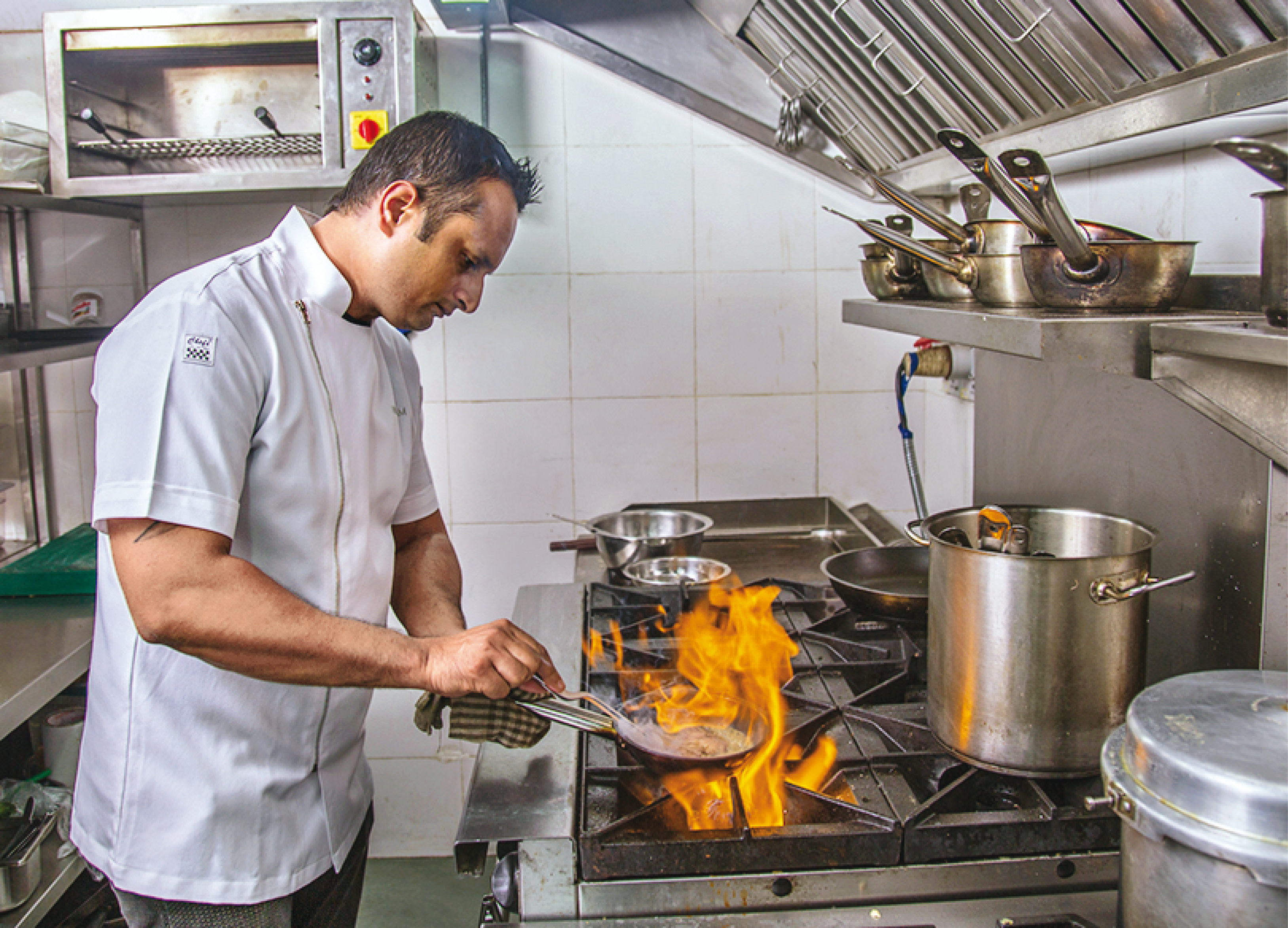
In the 1980s, pizza went upmarket when the Austrian chef Wolfgang Puck started using expensive, non-traditional toppings (smoked salmon, caviar etc.) at his Los Angeles restaurant, Spago, and it has since become common for pizza chefs in different countries to use fancy and/or non-Italian toppings. (Even toppings we consider traditional are not Italian anyway. Pepperoni was invented in America in the 1920s.)
So, it is hard to generalise about pizza. There is no one ideal pizza. There are many. You can do pretty much what you like and nobody can say that it is not authentic — because there is no such thing as authentic.
This means that it is very hard to pick the best pizza in Delhi or Mumbai — or New York for that matter. (In Naples, the pizza makers have very strict rules about what constitutes real Neapolitan pizza but maverick chefs are bucking this system.)
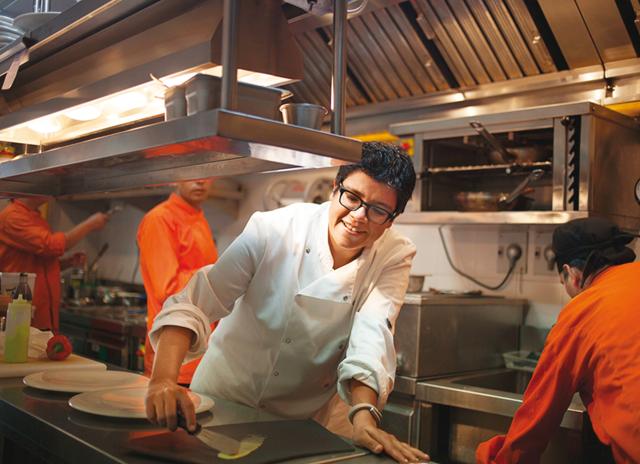
I have two personal favourites. The best pizzas in Delhi, according to me, are made by Ritu Dalmia at her café at the Italian Cultural Centre. And the best pizzas in Mumbai are made by Alex Sanchez at Americano. Neither Ritu nor Alex run pizzerias but are restaurant chefs, which may have something to do with the quality of their pizzas.
Of the two, Ritu’s is nearer a conventional Roman-style pizza. (The Cultural Centre Café is meant for Italian diplomats and expats.) It is hard to get Ritu to divulge her secrets but here are two factors. One: she does not use maida but relies on durum (the wheat used by Italians for pasta) which, she says, gives her the texture she wants. And two: she uses a starter. For the last 25 years since she opened the first Diva, she has taken a bit of the dough from one day and added it to the next day’s batch. This is not unlike the process used to make sourdough and the principle is that the starter contains yeasts and bacteria that contribute to the flavour of the pizza.
Though there are so many kinds of pizza, I have always believed that there are two main pizza philosophies: either you focus on the pizza itself or you focus on the toppings. These days, many trendy pizza-makers will use exotic toppings and pay too little attention to the pizza itself. For them, the pizza is no more than a vehicle to push unusual toppings. (I have seen fried chicken, baked potato and God knows what else used as pizza toppings.)
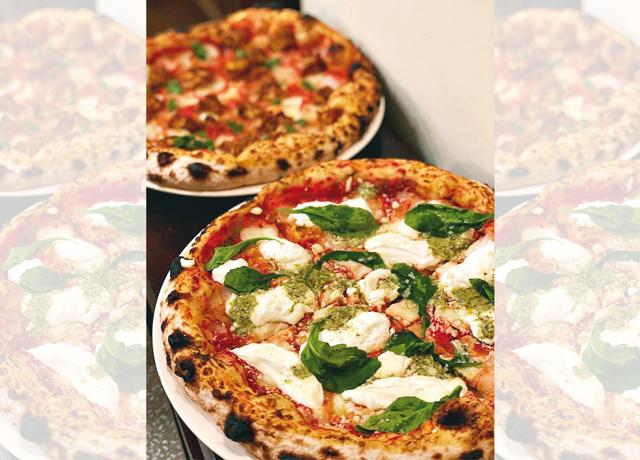
I am not a great fan of toppings and neither is Ritu, who says that all too often pizza chefs overload their pizzas to the extent that the pizza itself becomes too limp.
Alex Sanchez is an American who fell in love with the pizzas of Naples. But, when it was time to put pizzas on the menu at Americano, he wanted something more personal. So his pizzas owe a lot to Naples but have thinner crusts. Alex is an accomplished bread maker, so I guess he approached pizzas from that prism, working through various methods till he got it right. He uses maida, but he has it milled himself and says that because the characteristics of the flour can vary from batch to batch, he fine-tunes the recipes each time a new batch of flour comes in.
Alex’s Americano is a full-fledged restaurant, but pizzas have become its most popular dish (he makes around 150 a day), which has taken him by surprise. His pizza station is not huge and his pizzas need massive attention to detail in the cooking. In the case of some pizzas, he adds the fresh basil after they are cooked. In some, he adds the basil to the dough. Some pizzas need to the pulled out of the oven half way through for the cheese to be added. The various toppings also go in at different times.

It is a chef-intensive process that is artisanal rather than mechanical but it is worth it because the pizzas that emerge are easily the best I have ever eaten in Mumbai and you can tell that they were made by a chef at the height of his powers.
The popularity of pizza, especially during the pandemic (it is one of the most ordered dishes), has caused other chefs to take it seriously. Vikramjeet Roy, one of the most talented Indian chefs of his generation, has set up the Woke Pizza brand to join his successful Hello Panda and Park Street Rolls & Biryani brands. Vikram is geeky about research, so he spent months researching pizza ingredients. He got TWF Flours, a specialist Indian flour company, to customise unbleached flour with a coarser grain for his pizzas. He believed that Delhi water was often too hard, so he reduced the PH level of the water he used and experimented with dough fermentation timings till he got the pizza he wanted.
Vikram does both thin crust and thicker pizzas, but the early response has been ecstatic mainly because of the imagination he has demonstrated with his toppings. There is a terrific chilli chicken topping. And along with the not-uncommon chicken tikka topping, he offers seekh kabab. There is a North East Chicken pizza with bamboo shoots and a bhut jolokia sauce.
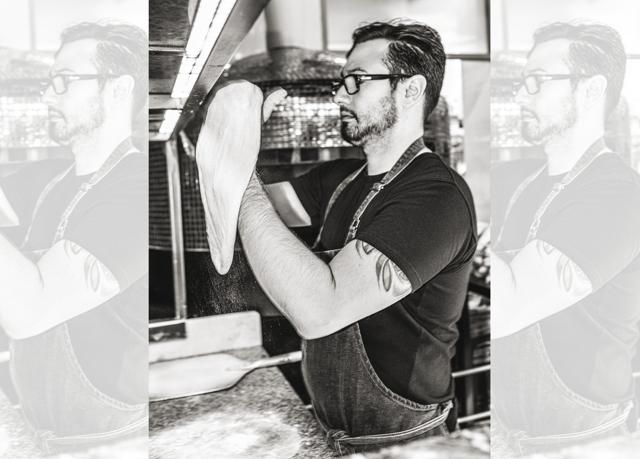
Vikramjeet is a top chef but the great thing about the pizza boom is that even beginners can get it right. I have ordered twice from Delhi’s Soho Pizzeria and both times the Naples-inspired pizzas were good with terrific, crusty edges.
The partners behind Soho Pizzeria have very little kitchen experience. Pavitra Arora, whom I spoke to, took one or two pizza courses, but she is basically self-taught. (Her partner is Surbhi Chugh.) She uses Caputo pizza flour (Caputo is an Italian company that sells flour all over the world) and as far as I can tell, has the standard pizza oven.
Despite that, the pizzas are wonderful and satisfying. And it’s good to see a small operation with no money to waste on PR companies (I found them on Instagram) do something of this quality.
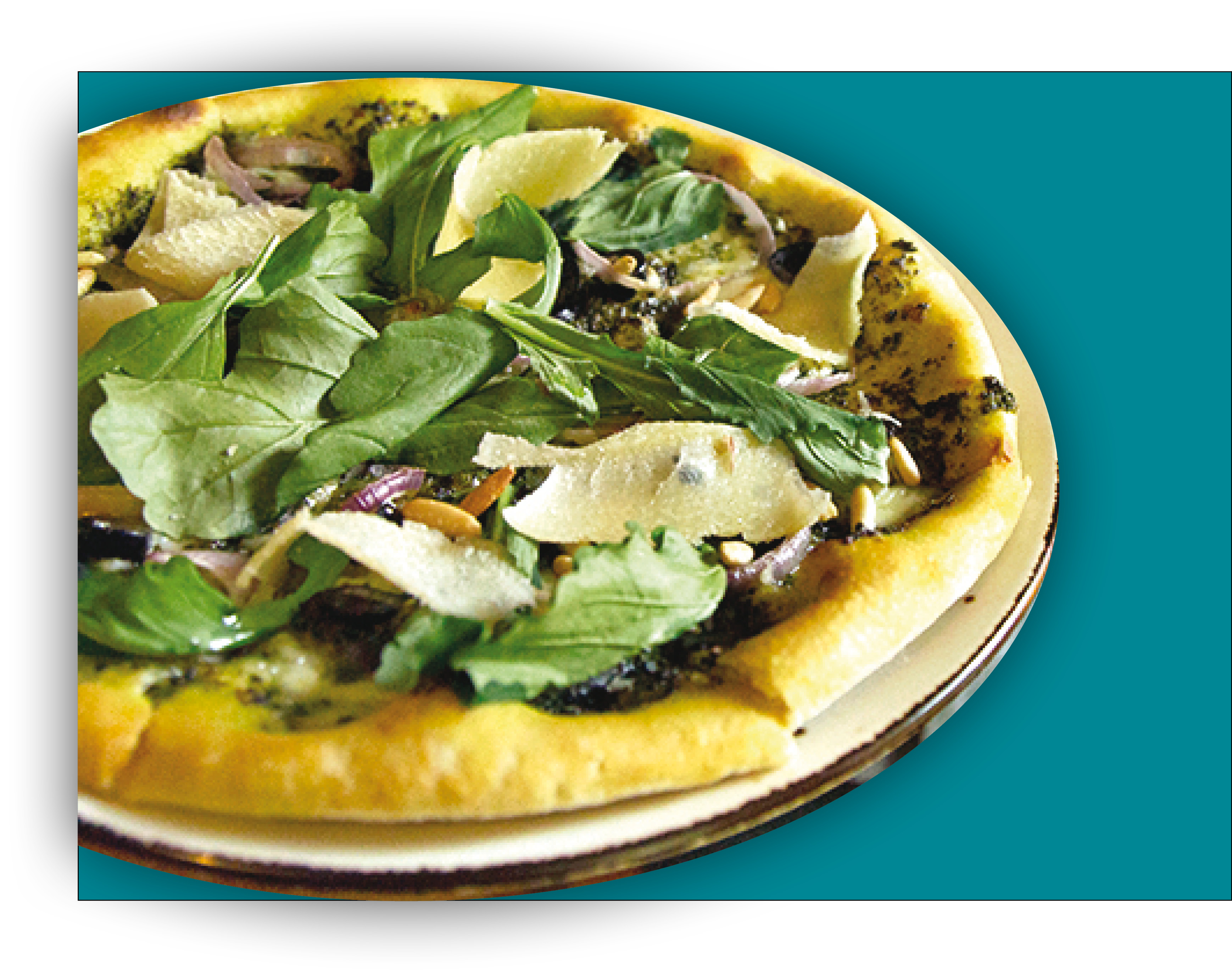
There have been pizzerias in India since the 1980s at least, but the boom only began when the Delhi Hyatt Regency opened La Piazza in 1994 with a wood-fired oven and world-class pizzas.
Who could have predicted then that, a pizza craze would sweep India and that far away from the space colonized by the global pizza chains, we would have our own artisanal operations run by passionate chefs who were driven by their obsession with excellence?
The views expressed by the columnist are personal
From HT Brunch, June 13, 2021

